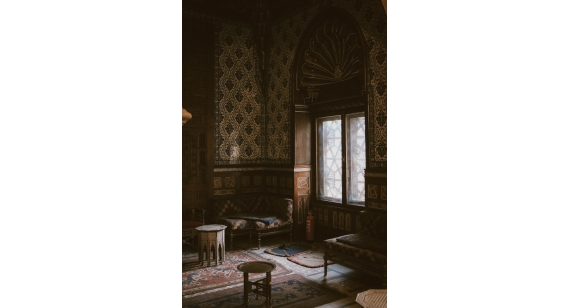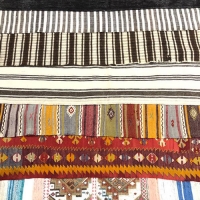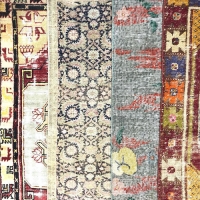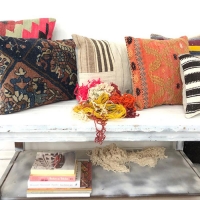
Rugs as a Synthesis of Traditional and Contemporary Art
The narrative of the form in rugs has been expressed in depth from the very beginning. In general; Since prehistoric times, human beings have firstly recognized and explored the object in its natural form. Then people have turned to the meanings expressed by the object and have created new motifs. People have always sought meanings in forms, abstracted forms and abstracted forms, and created works of art based on basic geometric forms in nature.
When we look at the history of art, many contemporary art movements approached symbolism and tried to create new trends by using different methods to reveal meaning by approaching to understanding and understanding. This inspiration has shown itself in weaving. Carpets and rugs have become an important tool for the traditional art movement and contemporary art movement.
In other words, the winds of both streams were effectively seen on rugs and carpets. In the past, fear, religion, magic and a series of ritual has made itself felt in weaving. Thus, these symbols continue to be used as meaningful until the present day. Of course, these symbols differed over time and varied according to belief and perspective..
The situation has been valid in carpets and rugs. The symbols in rugs and carpets are also a means of communication. In rugs and carpets abstract, unspeakable, unexplained emotions and thoughts are explained indirectly by icons and symbols. Today, it is possible to find usage areas in this way.
Abundance, evil eye, crescent, magic, love, marriage, love, unity, togetherness, fertility, death, power, force, healing, fear, protection, universe, infinity, continuity, luminous, hygiene, happiness, worship, heaven and pain are expressed in the most beautiful way. In some, only one is expressed, while in others, icons and symbols have been used.
Animal, plant, tree, object, human and symbolism of nature are used on rugs in some countries and regions. Of course, it is possible to find traces of a number of beliefs, traditions and experiences of nomadic life, which are laid out in the form of these motifs and meanings. Therefore, rugs and art as a bridge of culture has always maintained their place and continue to protect.



